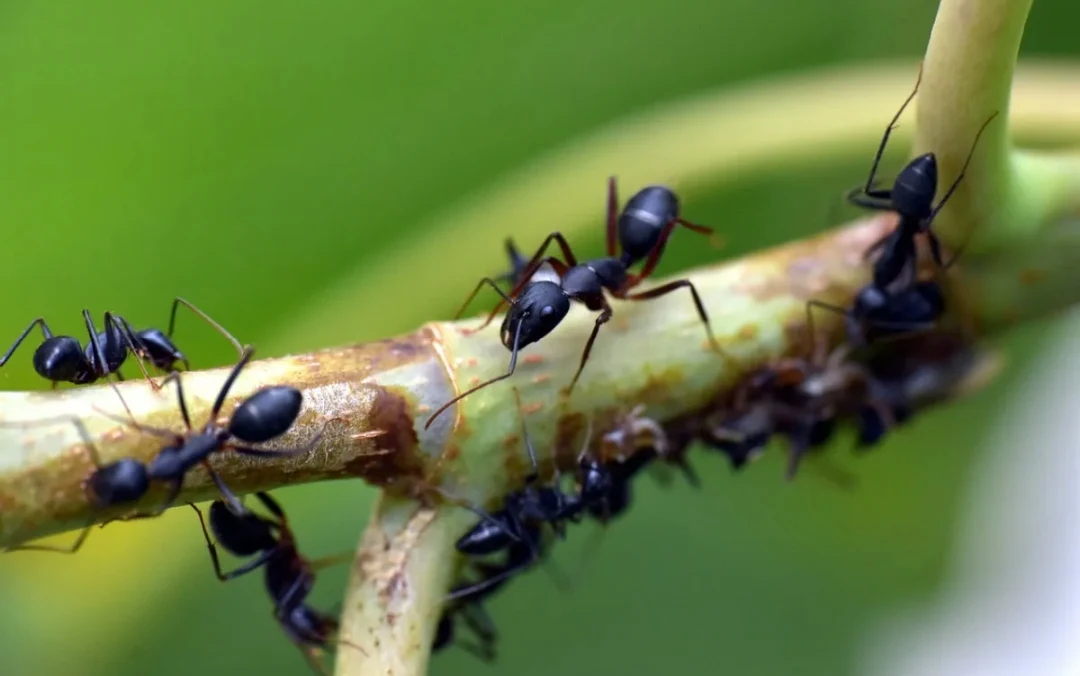20,000,000,000,000,000 antslive on earth; they weigh more than all wild birds and wild mammals combined
By: SGN/TOI/TB Team
A study estimates the world's ants collectively constitute about 12 million tonnes of dry carbon. This equals about one-fifth of the total weight of humans.
Have you ever wondered exactly how many ants live on Earth? Possibly not, but it's certainly a question we've asked ourselves.
We further estimate the world's ants collectively constitute about 12 million tonnes of dry carbon. This exceeds the mass of all the world's wild birds and wild mammals combined. It's also equal to about one-fifth of the total weight of humans. Their research involved an analysis of 489 studies of ant populations conducted by fellow ant scientists from around the world. It included studies not just in English, but also in languages from French to Russian to Mandarin.
20 quadrillion means 20 thousand million millions.
We know it takes time for the eyes to read the number of zeroes of such a behemoth figure. Take your time.
The study further noted that the total weight of ants possibly exceeds the mass of all the world's mammals and birds. It's also equal to about one-fifth of the total weight of humans.
There are more than 15,700 named species and subspecies of ants, many of which have not been named yet by scientists.
Can such a huge number play a big role in running our world? Duh.
Eminent biologist Edward O Wilson had said that insects and invertebrates are “the little things that run the world”.
These 489 studies, which used standardised methods of counting, spanned all continents and all major habitats from forests to deserts to cities.
Our research published today provides an approximate answer. We conservatively estimate our planet harbours about 20 quadrillion ants. That's 20 thousand million millions, or in numerical form, 20,000,000,000,000,000 (20 with 15 zeroes). There is a reason why the number is higher the scientists said previous studies went by a 'top down' approach by assuming that ants comprise about 1% of the world's estimated insect population. This study, in contrast, took the counts on the ground.













0 Comments